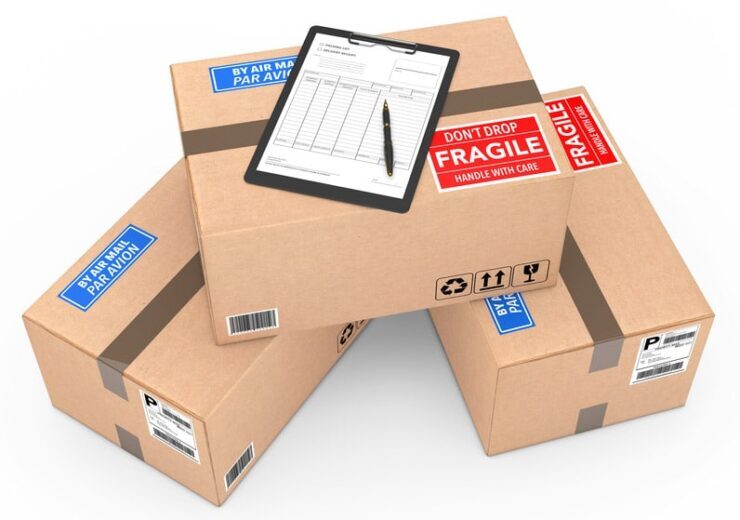What are FIFO and LIFO Inventory Management Systems? Definitions and Differences

FIFO and LIFO Inventory Management are one of the methods also used in inventory valuation, as there are many of these methods, the most important of which are FIFO and LIFO, and through them, you can evaluate your inventory by evaluating the cost of goods sold and ultimately determining your profitability, and the inventory valuation process depends on the costs incurred to obtain on inventory and preparing it for sale, and in this article, we will show you all the details about FIFO and LIFO Inventory Management.
What is a FIFO and LIFO Inventory Management?
One of the most popular terms used is FIFO and LIFO Inventory Management. FIFO is an abbreviation of First In First Out and LIFO is an abbreviation of Last In First Out.
It is necessary for the company to keep the quantity of inventory bought and sold in order to monitor and determine the cost of inventory for the period.
Its cost can be calculated through inventory, and inventory or stock valuation takes more than one method, the most important of which is FIFO and LIFO Inventory Management.
Therefore, FIFO and LIFO are one of the most popular terms used. FIFO is an abbreviation for First In First Out, and LIFO is an abbreviation for Last In First Out.
It is also important to note that choosing the appropriate method of them depends on the financial position of the company, especially since these accounts will mainly affect the income statement and inventory in the balance sheet.
FIFO: First in, first out and how does it work?

This method is based on the premise that the first inventory that is purchased is the first that is sold,
And the remaining assets in inventory are matched to the assets that were recently purchased or produced.
It is one of the most common inventory valuation methods companies use because it is simple and easy to understand.
During inflation, the FIFO method results in a higher value for final inventory, a lower cost of goods sold, and a higher gross profit.
Unfortunately, the FIFO model fails to provide an accurate depiction of costs when there is a rapid rise in prices, and this method does not offer any tax advantages.
LIFO: Last in, first out and how does it work?
Under this method, the newest stock is supposed to be sold first while the oldest stock remains in stock,
And companies rarely use this method because the old stock is rarely sold and gradually loses its value, and this results in a big loss for the business.
The only reason to use LIFO is when companies expect the cost of inventory to increase over time and inflate prices.
By moving high-cost inventory to the cost of goods sold, the companies’ reported profit levels can be lowered, and this allows companies to pay lower taxes.
FIFO and LIFO similarities and differences
As for the similarities between FIFO and LIFO Inventory Management, they are both used in inventory valuation, and each of them is used according to the company’s financial position.
The main differences between FIFO and LIFO Inventory Management are their effect on the company’s income statements and balance sheet.
In times of inflation:

- If the LIFO method is used, the cost of inventory sold will be higher than the remaining inventory, which will result in a higher cost of goods sold and a lower value of inventory on the balance sheet.
- If the FIFO method is used, the cost of inventory sold is less than the inventory held, which leads to a lower cost of goods sold and an increase in the value of inventory on the company’s balance sheet.
Another difference between FIFO and LIFO Inventory Management is how they affect tax, that:
- LIFO method will result in higher cost of goods sold and will result in lower taxes because profits are lower when the cost of goods is high.
- FIFO method will result in higher tax because the cost of goods sold is lower and therefore profits will be higher.
Which Method Is Better FIFO or LIFO?
We cannot determine the best method, FIFO or LIFO, but in general, you should choose the method that best suits your company’s financial position.
Therefore, the FEFO method is often applied by food retailers and pharmacies, and products containing semi-expired products are usually placed on the front shelves or in easily accessible places.
The LIFO method is used by companies when they expect the cost of inventory to increase over time and lead to price inflation.
By moving high-cost inventories to the cost of goods sold, companies’ reported profit levels can be lowered, and this allows companies to pay lower taxes.




